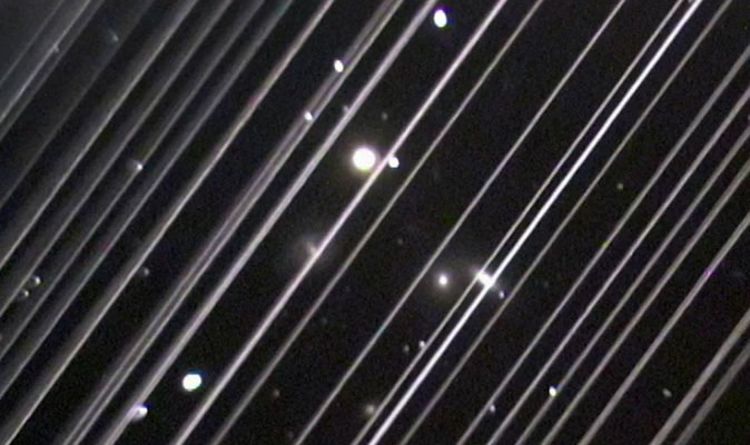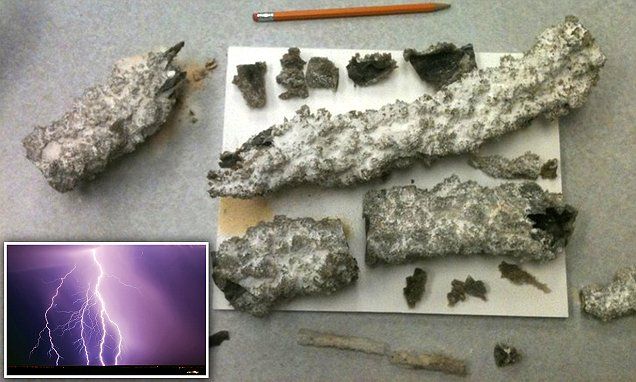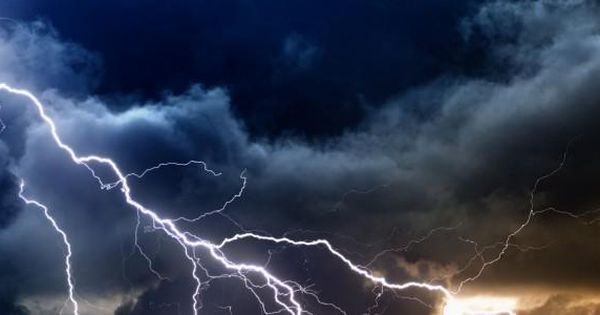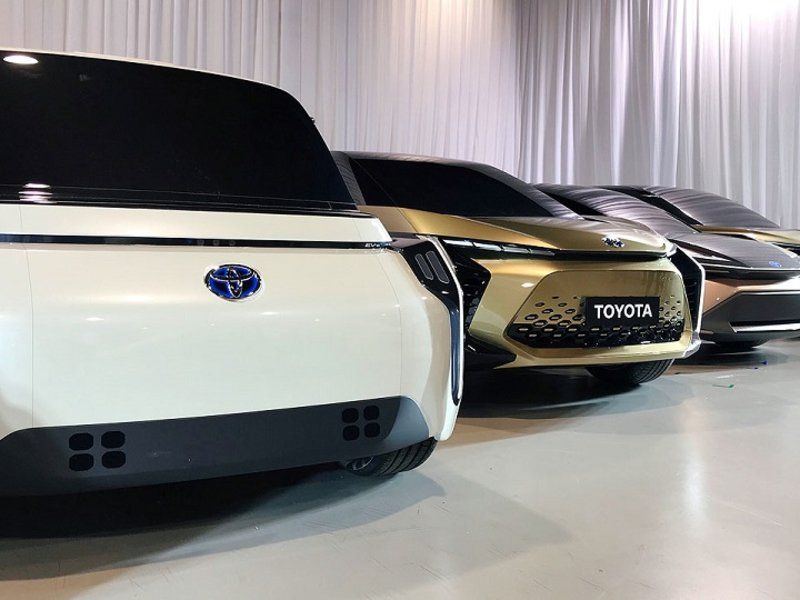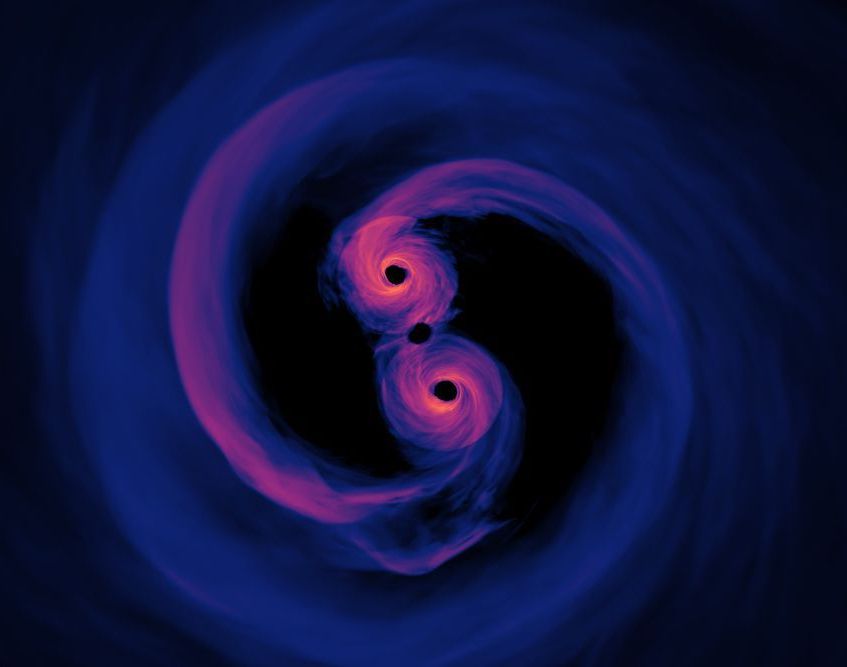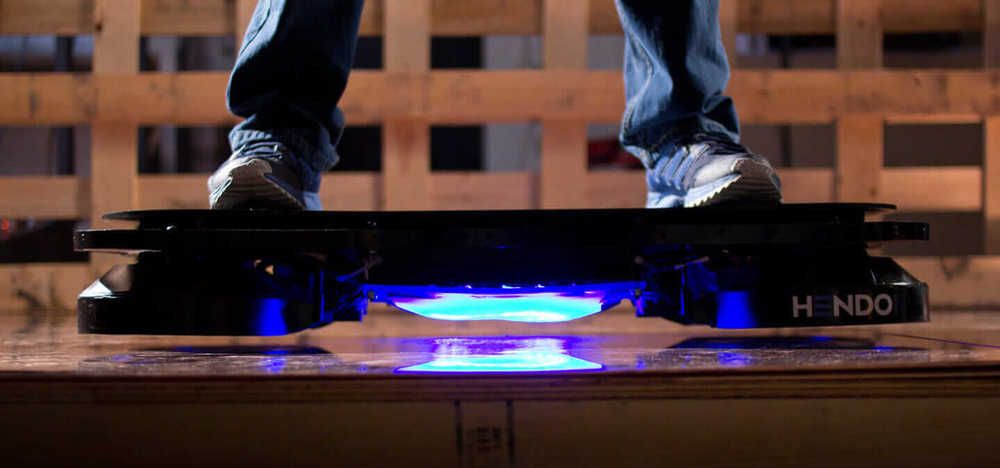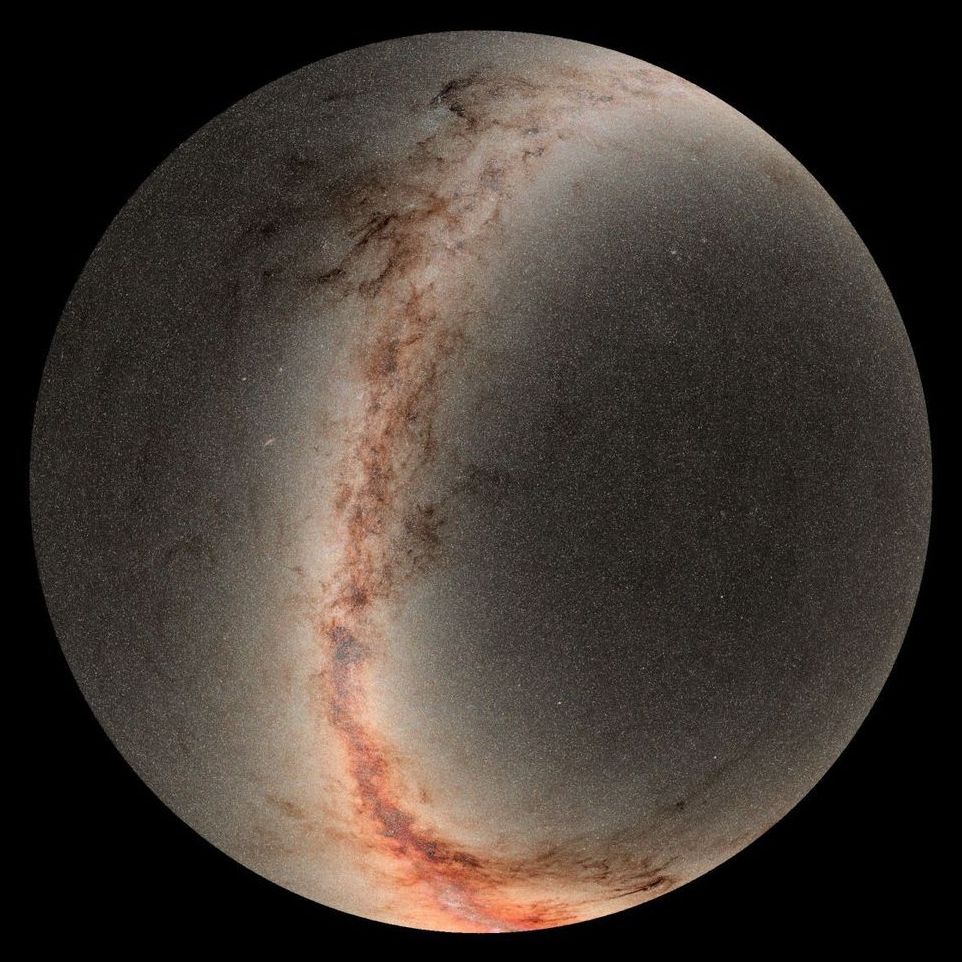Page 8725
Jun 8, 2019
There’s a subreddit populated entirely by AI personifications of other subreddits
Posted by Genevieve Klien in categories: entertainment, robotics/AI
AI chatbots are finally getting good — or, at the very least, they’re getting entertaining.
Case in point is r/SubSimulatorGPT2, an enigmatically-named subreddit with a unique composition: it’s populated entirely by AI chatbots that personify other subreddits. (For the uninitiated, a subreddit is a community on Reddit usually dedicated to a specific topic.)
How does it work? Well, in order to create a chatbot you start by feeding it training data. Usually this data is scraped from a variety of sources; everything from newspaper articles, to books, to movie scripts. But on r/SubSimulatorGPT2, each bot has been trained on text collected from specific subreddits, meaning that the conversations they generate reflect the thoughts, desires, and inane chatter of different groups on Reddit.
Jun 8, 2019
SpaceX SNUB: Royal Astronomical Society ‘concerned’ by Starlink constellation
Posted by Genevieve Klien in categories: Elon Musk, satellites
SPACEX STARLINK is Elon Musk’s mission to bring broadband around the world. However the Royal Astronomical Society has now voiced concern over the controversial satellite constellation.
Jun 8, 2019
Fossil study finds lightning is strong enough to power a billion homes
Posted by Quinn Sena in category: climatology
An expert from the University of South Florida deduced how big a bolt of lightning was based on the size of rocks formed by lightning.
When lightning strikes sand it creates a new type of rock, called fulgurite – a hollow tube formed as the lightning travels through the sand, vaporizing it and melting its outer edges.
Researchers determined that on average, the energy required to form these rocks was at least about one megajoule per meter of fulgurite formed.
Continue reading “Fossil study finds lightning is strong enough to power a billion homes” »
Jun 8, 2019
Can We Harvest Lightning For The Power Grid?
Posted by Quinn Sena in category: climatology
By New Scientist, An Energy Realities Partner
Nobody has all the answers to the world’s energy questions, so New Scientist has teamed up with Statoil to search for solutions from New Scientist’s audience.
The question posed was: How much energy is in a lightning bolt? Is it enough, and are there places where lightning strikes often enough, to think about flying kites to transfer that energy to the grid?
Continue reading “Can We Harvest Lightning For The Power Grid?” »
Jun 8, 2019
Toyota pulls forward electrification plan, eyes solid-state battery next year
Posted by Quinn Sena in categories: energy, transportation
TOKYO — Toyota is ramping up electric vehicle deployment plans, pulling forward its goal of selling 5.5 million electrified vehicles by five years and aiming to develop a solid-state battery by next summer as it races to meet a “sudden surge” of EV popularization.
Toyota now aims to sell some 5.5 million traditional gasoline-electric hybrids, plug-in hybrids, EVs and hydrogen fuel cell vehicles by 2025. Nearly 1 million of them could be pure EVs.
Executive Vice President Shigeki Terashi, Toyota’s r&d chief, outlined the new roadmap in a June 7 briefing about the company’s EV plans. In December 2017, the company had said it wanted to sell that many electrified vehicles by 2030, five years later than the revised outlook.
Continue reading “Toyota pulls forward electrification plan, eyes solid-state battery next year” »
Jun 8, 2019
Halo Drive: Lasers and Black Holes Could Launch Spaceships to Near Light Speed
Posted by Quinn Sena in categories: alien life, futurism
Future spaceships could use black holes as powerful launch pads to explore the stars.
A new study envisions firing laser beams that would curve around a black hole and come back with added energy to help propel a spacecraft to near the speed of light. Astronomers could look for signs that alien civilizations are using such a “halo drive,” as the study dubs it, by seeing if pairs of black holes are merging more often than expected.
Study author David Kipping, an astrophysicist at Columbia University in New York, came up with the idea of the halo drive through what he calls “the gamer’s mindset.”
Continue reading “Halo Drive: Lasers and Black Holes Could Launch Spaceships to Near Light Speed” »
A gravitational wave generating device comprising an energizing means such as magnetrons, which act upon energizable elements such as film bulk acoustic resonators or FBARs. A computer that controls the magnetrons’ phase. A gravitational wave generation device that exhibits directivity and forms a gravitational-wave beam. The utilization of a medium in which the gravitational wave speed is reduced in order to effect refraction of the gravitational wave and be a gravitational wave lens. A gravitational wave generator device that can be directed in order to propel an object by its momentum or by changing the gravitational field nearby the object to urge it in a preferred direction and be a propulsion means.
Jun 8, 2019
How Magnetic Field Architecture Can Levitate Buildings
Posted by Quinn Sena in category: transportation
Learn how Arx Pax and Hendo’s magnetic field architecture can levitate not only hoverboards, but also small houses and large buildings.
Jun 8, 2019
This ‘Universe in a Box’ Has Enough Astronomical Data to Fill 30,000 Wikipedias
Posted by Quinn Sena in categories: computing, space
Adding to the largest astronomical data set ever assembled online, the Pan-STARRS telescope has posted 1.6 petabytes of data.


